The iPhone 12 is a mainstream offering from Apple, situated below the iPhone 12 Pro and Pro Max. It features a 6.1-inch Super Retina XDR screen covered by the company’s new ceramic-reinforced glass and the same fast A14 processor used across the iPhone 12 line, and comes with 4 GB of RAM and 64, 128, or 256 GB of storage depending on configuration.
There are two cameras on the back. The main wide module has a 12 MP sensor behind a 26 mm-equivalent f/1.6 lens with optical image stabilization and phase detection autofocus— apparently the same camera used in the iPhone 12 Pro and the 12 Mini. There’s also an ultra-wide camera with a 12 MP 1/3.6-inch sensor and a 13 mm-equivalent f/2.4 lens. The iPhone 12 does without the tele-modules and LiDAR sensor found in the Pro and Pro Max versions.
The iPhone 12 shoots 4K video at 24, 30 or 60 frames per second, and can encode 4K Dolby Vision HDR video at up to 30 fps for wider dynamic range and an improved viewing experience on displays that support the standard. Read on to find out how the iPhone 12’s imaging performance compares against the competition.
Key camera specifications:
- Dual-camera setup
- Primary: 12 MP sensor with 1.4µm pixels and 26 mm-equivalent f/1.6 lens, OIS, PDAF
- Ultra-wide: 12 MP 1/3.6-inch sensor and 13 mm-equivalent (14 mm measured) f/2.4 lens
- Dual-LED flash
- 4K video at 24/30/60 fps, 1080p video at 30/60/120/240 fps, Dolby Vision HDR (up to 30 fps), gyro-EIS
About DXOMARK Camera tests: For scoring and analysis in our smartphone camera reviews, DXOMARK engineers capture and evaluate over 3000 test images and more than 2.5 hours of video both in controlled lab environments and in natural indoor and outdoor scenes, using the camera’s default settings. This article is designed to highlight the most important results of our testing. For more information about the DXOMARK Camera test protocol, click here. More details on how we score smartphone cameras are available here.
Test summary
Scoring
Sub-scores and attributes included in the calculations of the global score.
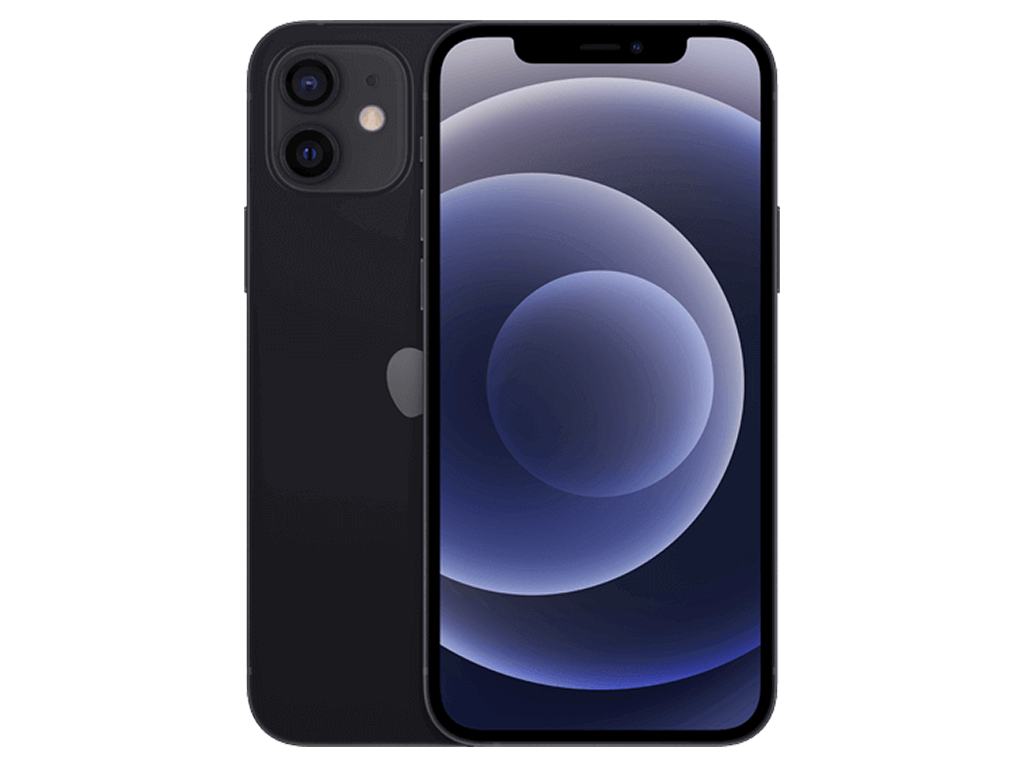
Apple iPhone 12


Use cases & Conditions
Use case scores indicate the product performance in specific situations. They are not included in the overall score calculations.
Outdoor
Photos & videos shot in bright light conditions (≥1000 lux)
Indoor
Photos & videos shot in good lighting conditions (≥100lux)
Lowlight
Photos & videos shot in low lighting conditions (<100 lux)
Friends & Family
Portrait and group photo & videos
 115th
115th 21st
21stPros
- Accurate and consistent autofocus
- Accurate exposure
- Accurate color indoors
- High detail outdoors and indoors
- Video dynamic range is wide.
- Color and skin tones generally pleasant in video
- Stabilization effective when still or walking
Cons
- Limited dynamic range in stills
- White balance casts outdoors in stills
- Noise often visible in stills, especially in lower light
- Color quantization, hue shift, ringing artifacts often visible in stills
- Medium- and long-range zoom detail is very low.
- Slight white balance casts in videos
- Fine detail is lost in lower-light videos.
The iPhone 12 earned a DXOMARK Camera score of 122, landing just outside the top ten in our database. It’s a respectable performance but behind flagships from Huawei, Xiaomi, Samsung, and Oppo. It’s also behind Apple’s latest Pro devices, and it trails last year’s iPhone 11 Pro Max by two points.
As things currently stand, its score of 132 places is just within the top ten for Photo. The iPhone 12 handles the basics well. Exposure is generally accurate, though dynamic range could be wider. Colors are pleasant and usually accurate, despite the occasional cast. Autofocus is a strength for the iPhone 12 (as it is across the family line), with focus locking quickly and accurately in any lighting condition. Photos contain plenty of detail in bright to moderate light levels.
On the downside, noise is more present than we like to see, the simulated bokeh portrait mode is disappointing, and the lack of a dedicated tele-module really hampers zoom performance on the long end.
The iPhone 12 achieves an excellent Video score of 112, tying the iPhone 12 Pro for third place in our database (and just one point behind the 12 Pro Max in second place). Its performance characteristics are almost identical to those of the iPhone 12 Pro— unsurprisingly, since the main camera hardware appears to be the same. Exposure is accurate and dynamic range is wide, thanks in part to the inclusion of Dolby Vision HDR. Color is pleasant despite occasional cold casts when shooting outdoors. Autofocus is fast and accurate, working well even in scenes with lots of movement. Detail is high in bright light, though fine detail diminishes indoors and at lower light levels. Noise is the weakest link here, with noise visible even in bright light. Stabilization is effective at countering shake and motion.
Let’s take a more detailed look at the strengths and weaknesses of the iPhone 12, with some sample image comparisons for illustration.
The iPhone 12 exposes accurately under most conditions, and it holds the line all the way down to a near-dark 1 lux, helping it achieve a respectable exposure sub-score. However, dynamic range is fairly limited compared to the best of the competition, with highlights often blowing out in situations where more capable phones do better.
In the example below we see that that iPhone 12 nails the target exposure on the subjects’ faces, while the iPhone 11 Pro Max lets them go a bit dark. The Huawei is also accurate, though the low-contrast tonal rendition is arguably not as appealing. However, the P40 Pro’s dynamic range advantage is obvious in the background, where both iPhones allows the buildings and sky to clip.
The iPhone 12 generally renders pleasant colors, though it occasionally stumbles: outdoor scenes sometimes have a very obvious blue cast (a fault we’ve noted in other members of this iPhone generation), and things sometimes look a little more orange than they should indoors. But mostly it’s good news, as seen in the examples below. Both iPhones handle the color in this scene nicely. The Huawei reference device also does a pretty good job for most of the image, but the skin tones go a little yellow.
The iPhone 12’s top-ten texture score indicates that the smartphone camera captures plenty of detail. This is especially true in bright light and normal indoor lighting, but when things get dimmer, detail drops, explaining the difference between the iPhone and the highest-scoring devices in this category. In the examples below we see that both iPhones and the Huawei capture a lot of detail in this scene (the iPhone 12 Pro Max and the Huawei have larger sensors, but with plenty of light here, that advantage doesn’t really come into play).
Of course, we can’t discuss detail without addressing noise, and here the iPhone 12 is less impressive. Noise is more visible than ideal under moderate to dim lighting conditions, explaining the device’s depressed sub-score (though it improves over the iPhone 11 Pro Max by two points). Quite a few high-end phones handle the balance of detail and noise more effectively. In the low-light example below, it’s clear that the Huawei is keeping noise in check without too much penalty against detail, while the iPhones take a more hands-off approach to noise reduction.
Autofocus is a strong point for the iPhone 12. Focus is fast and accurate under essentially any lighting condition. Our new testing protocol tests AF against targets with wide brightness ranges, revealing weaknesses in some phones that were undetected before, but the iPhone 12 is unfazed: bright, dim, narrow or wide dynamic range, AF remains confident. In the chart below we see that all three iPhones have tightly clustered results a few milliseconds before the shutter button press (many phones do this to offset human reaction lag). The Huawei is much slower under these conditions, although under more uniform brightness conditions it’s also fast.
Images shot in portrait mode to create a simulated bokeh effect show more separation errors than we see on the Pro iPhones, which might be due to the lack of a LiDAR scanner on the iPhone 12. The lack of a tele-camera also means that the iPhone 12 uses its main wide module for portraits, which isn’t ideal. The blur effect is a somewhat abrupt, and background highlights are less contrasty than they should be.
The iPhone 12 just squeezes into the top five night sub-scores as of this writing, tying its Pro sibling. The best phones in this category are quite a bit better, but there aren’t many of them. The iPhone 12 manages an acceptable exposure in the example below, though it could be slightly brighter; noise is quite high and detail is fairly low. The iPhone 12 Pro Max does a little better, its larger sensor helping some with noise levels. The Huawei opts for flash in this situation, producing a very different image, with much more detail and less noise, but also a darker background.
Apple devices have been cleaning up in our new Preview testing: it’s clear that the company has been paying closer attention to this aspect of performance than most. The iPhone 12 image preview presents a very close approximation of what the final image will look like. Exposure in the preview is pretty much spot on. Dynamic range is a bit more restricted in the preview than the final image, but better than much of the competition. Zooming is smooth (even smoother than in the Pro models, since there’s no tele-module to complicate things). Our testers did notice more errors in the portrait mode preview— not surprising, given the iPhone 12’s reduced abilities in subject separation.
We deduct points for obvious artifacts or image quality flaws visible in images. The main penalties against the iPhone 12 are ringing (caused by oversharpening) and color quantization. Our testers also noticed hue shift, flare, and ghosting.
The Zoom score is a combination of a device’s wide and tele sub-scores, and the iPhone 12 falls short of most devices in its class. This is because it joins a very small club of current flagship-class phones that don’t have a dedicated tele-module (the only other club member we’ve met so far is the Google Pixel 5).
It does well on the wide end: the iPhone’s 14 mm-equivalent (measured— Apple claims 13 mm) ultra-wide camera squeezes more into the frame than many phones, and image quality is generally good, though detail could be a little higher. That wide coverage comes with some anamorphic distortion at the edges of the frame, visible in the example below, so you’ll want to keep people more towards the center of your compositions. The image also gets a little soft into the corners, and we see a slight green cast to the color below. The Huawei has better color and less distortion, but also a narrower field of view.
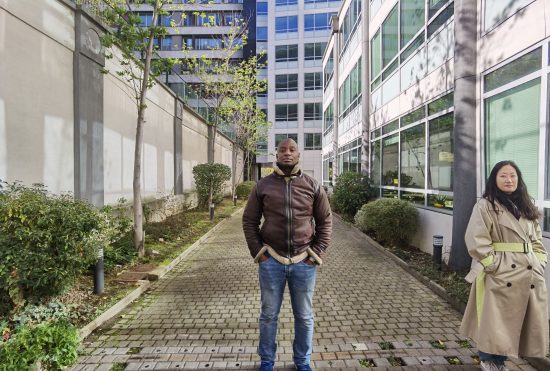
At close zoom ranges the iPhone 12 delivers acceptable quality by cropping from its main wide camera. It easily bests the iPhone 11 Pro Max at a 40 mm-equivalent field of view, for example, capturing more detailed, less noisy images. However, without a dedicated tele-camera module, there’s only so much the iPhone 12 can do as the zoom extends to medium and longer ranges. Details drops precipitously, with staircase artifacts showing up as the tight crop is mercilessly upsampled to 12 MP. In the examples below, it’s clear that the iPhone 12 Pro’s tele-module does a better job and that the Huawei’s longer dedicated tele-camera captures even more detail.
The iPhone 12 delivers a very good video performance that is almost identical to the iPhone 12 Pro’s. Exposure is accurate and the iPhone 12 hangs on even when things get extremely dim, producing usable videos at very low light levels (though in the chart below we see that the Huawei P40 Pro does even better at the dark end of the scale). Dynamic range is very good thanks to the Dolby Vision HDR feature, which we used in testing. Even in challenging scenes with a wide brightness range, the HDR processing usually keeps highlights from blowing out.
Color is pleasant and skin tones look natural under most conditions, though our testers observed some cold color casts when shooting outdoors.
Detail is high in bright light, but tails off as light levels drop. That said, in the chart below we see that in our dimmest test conditions the iPhone 12 matches the 12 Pro and does better than the other reference devices.
As with stills, noise is more present than ideal, though it’s generally better than on the iPhone 11 Pro Max. Noise can be visible even when recording in bright light, though in the chart below we see that noise levels remain quite steady until shooting in near-darkness at 1 lux.
Autofocus performance remains a strength in video mode, locking quickly and accurately on subjects.
Video artifacts include flare and color quantization, though marginally less than on the iPhone 12 Pro. Testers also noted some judder effect. Video stabilization is quite effective, and residual motion isn’t a problem unless you’re running with the phone.
Conclusion
The iPhone 12 delivers solid photo performance and impressive video capabilities, especially for those who can take full advantage of the phone’s Dolby Vision HDR processing.
In terms of pure imaging performance, there are a few competitors that offer similar or better output quality, sometimes at lower prices. However, users drawn to other parts of Apple’s value proposition or who are committed to iOS could find the iPhone 12 interesting. If zoom and portrait mode performance aren’t priorities for you, the iPhone 12 gives essentially all the bang of the iPhone 12 Pro for fewer bucks.


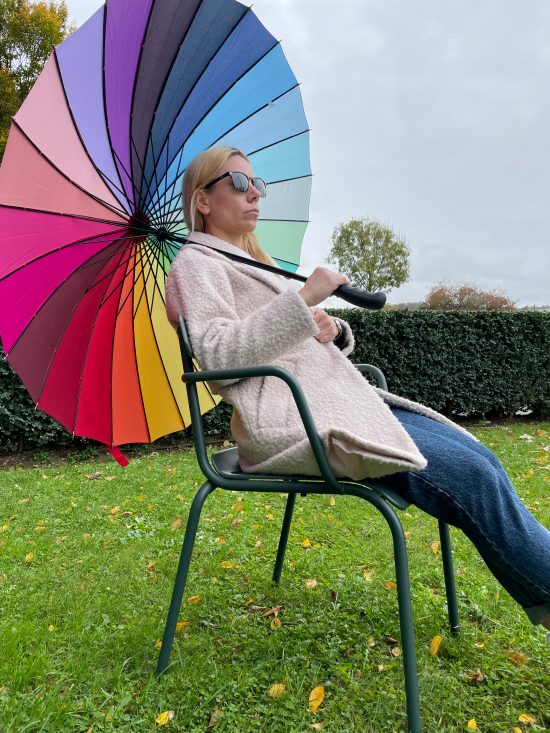
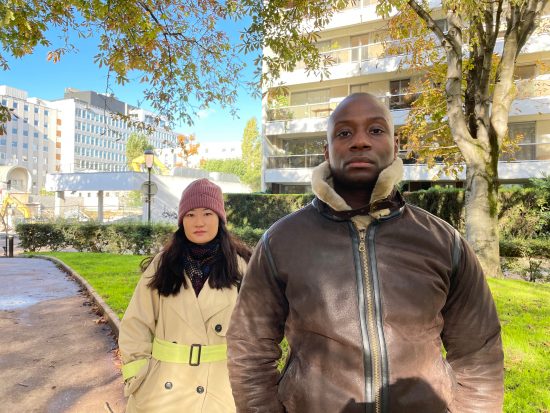
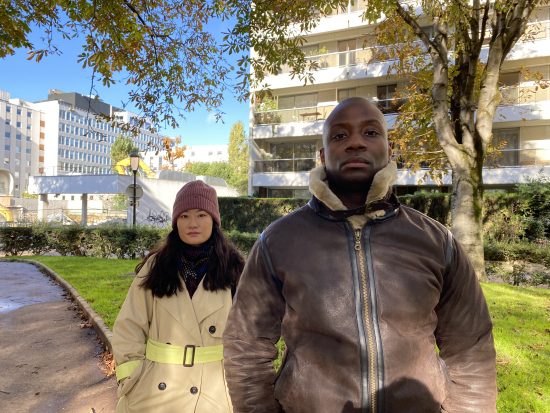
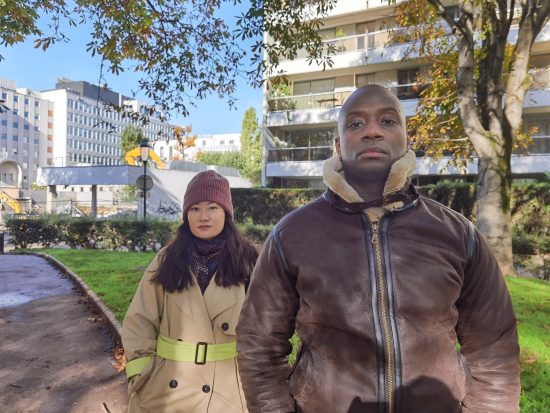






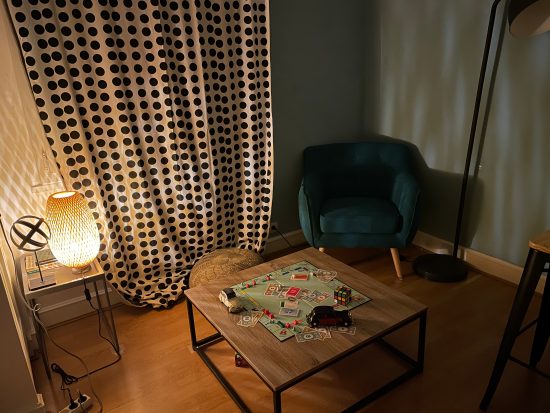
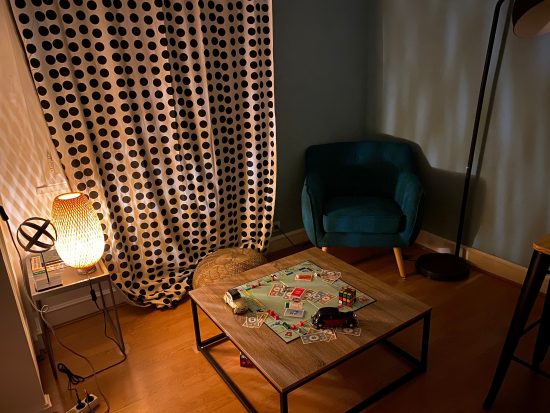
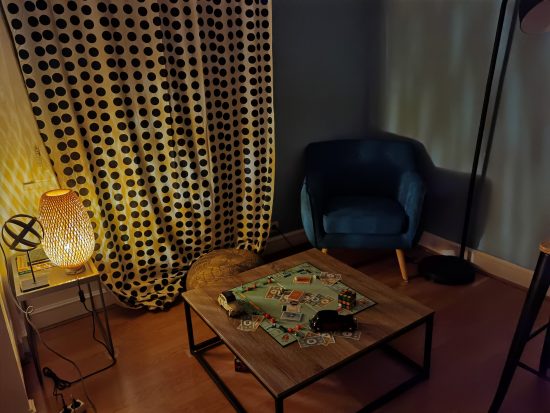
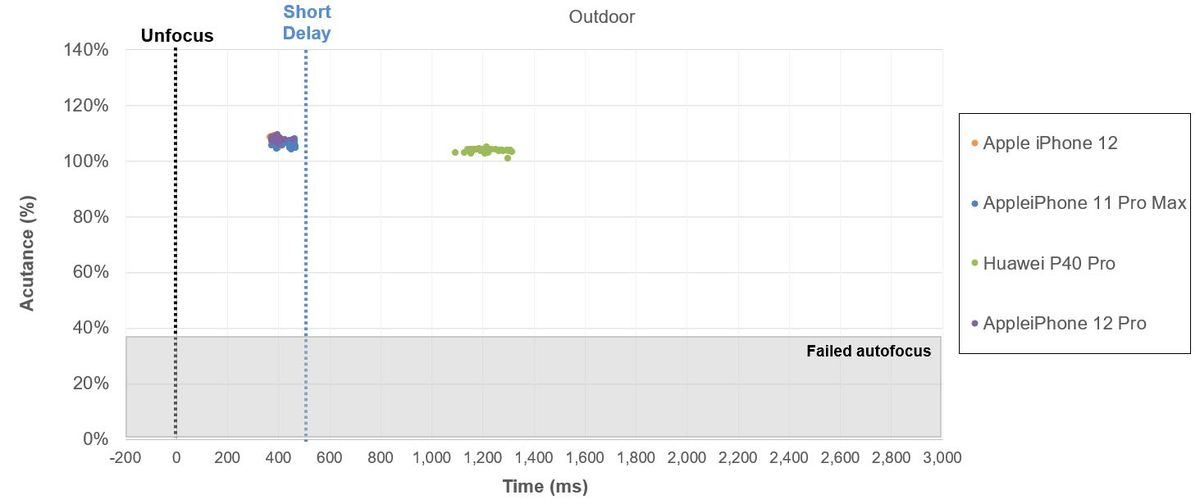






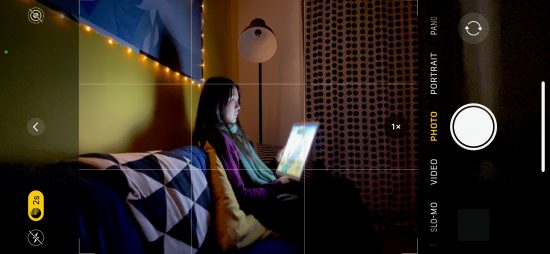
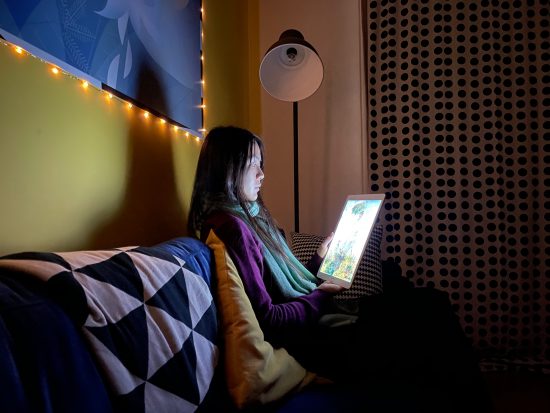

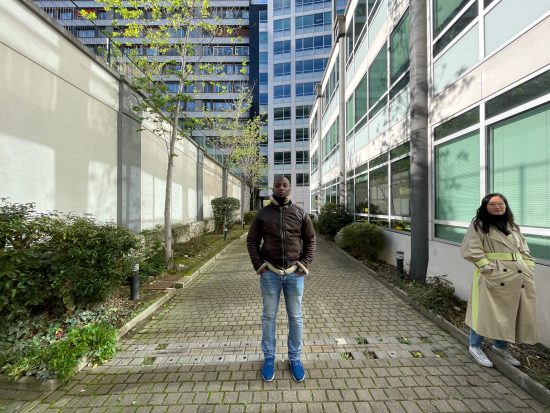




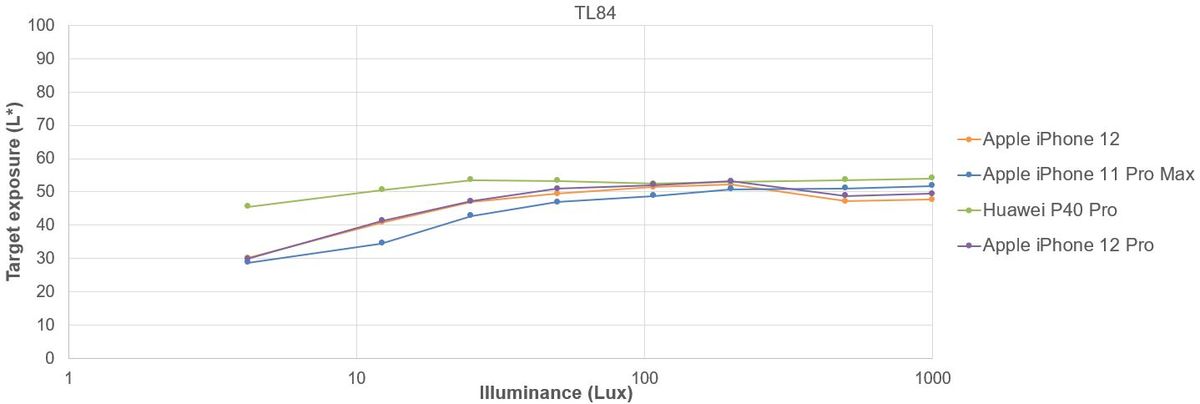
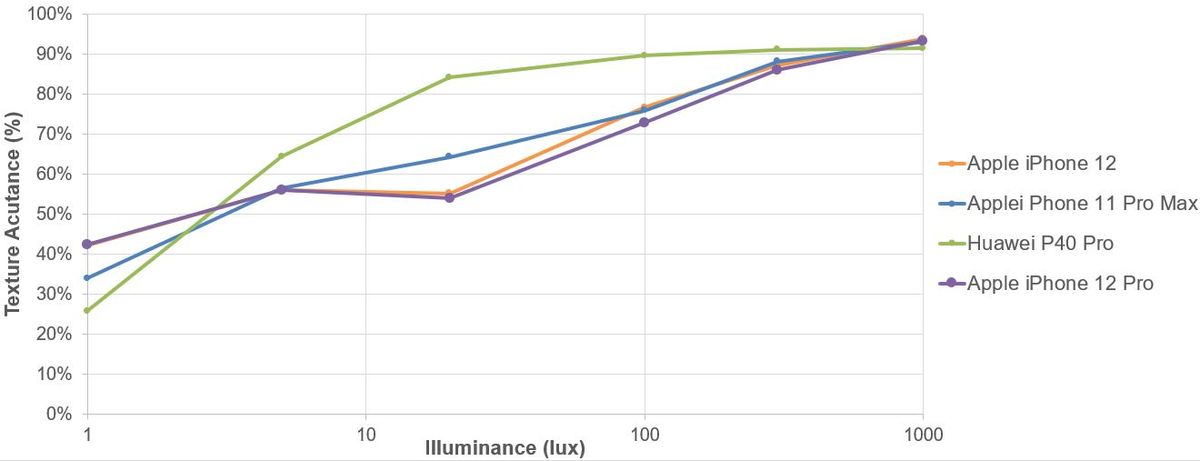
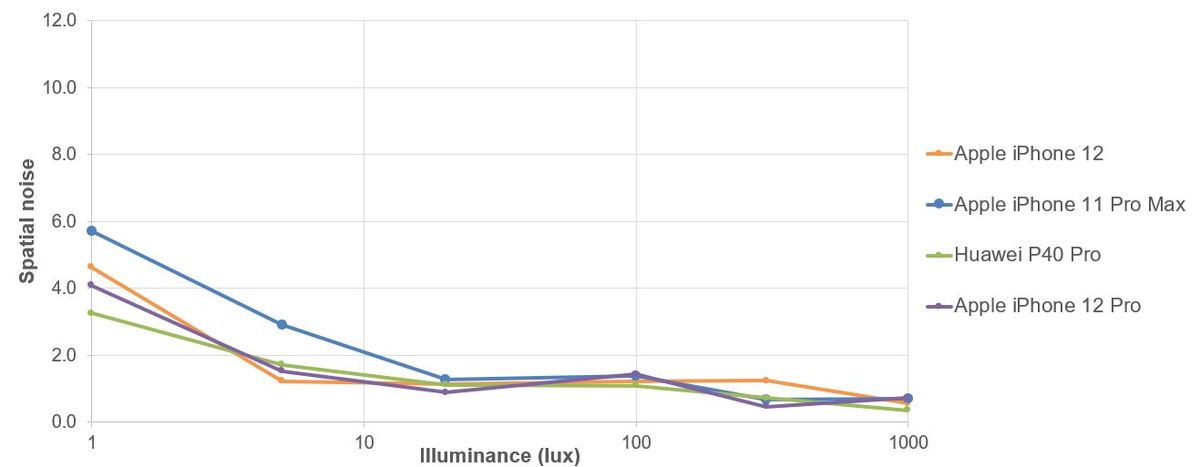


DXOMARK encourages its readers to share comments on the articles. To read or post comments, Disqus cookies are required. Change your Cookies Preferences and read more about our Comment Policy.